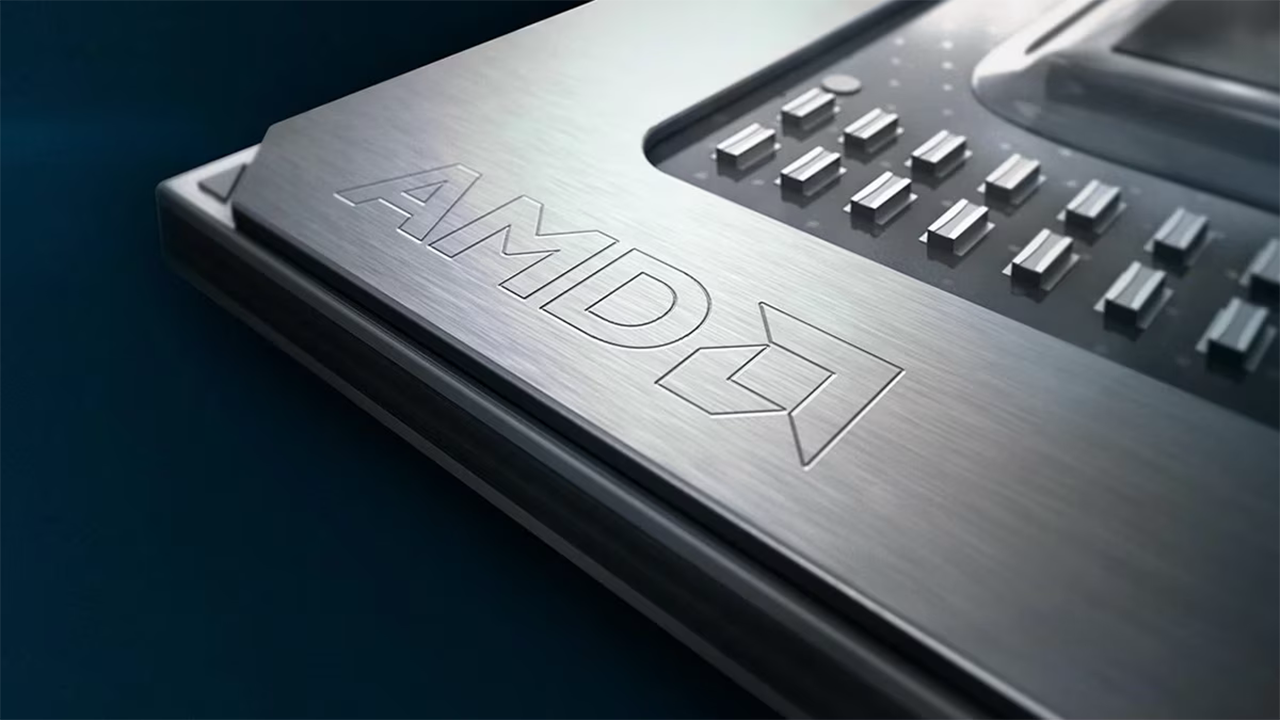
Back in the day, the bulk of AMD's business was client CPUs for midrange PCs, but today, most of AMD's money comes from its sales of EPYC processors for data centers. To that end, AMD had every right to call itself a data center company for quite some time. Yet, this week, Lisa Su, chief executive of the chip designer, formally said (via SeekingAlpha) that AMD is now a 'data center first' company.
"In our last quarter, I think data center was over 50% of our revenue," said Lisa Su at the Goldman Sachs Communacopia And Technology Conference. "So, we really are a data center-first company."
Indeed, last quarter, AMD's data center revenue reached $2.834 billion, significantly higher than the performance of the company's client and gaming business, which posted $1.492 billion and $648 million in sales, respectively. AMD's data center business accounted for 48% of the company's revenue, though its EPYC CPU is its main product and source of revenue and income.
"It has been really exciting to see kind of how the datacenter market has grown for us as a business," Su added. "When you think about where we started, the data center business, as you said, we had a low single-digit share. It was a similar percentage of our revenue. In our last quarter, I think data center was over 50% of our revenue. So, we really are a datacenter first company."
When a company says that one of its businesses is clearly ahead of the other and essentially demonstrates that the entire company's focus is on this business, it is time to ask whether other business units have been put on the back burner. Given AMD's slow progress in graphics, we can draw certain conclusions.
However, underlying architectures and business decisions define the success of companies like AMD, Intel, and Nvidia. On the CPU side, AMD uses a unified Zen microarchitecture. On the GPU side, it is blending RDNA (graphics) and CDNA (compute) into UDNA, which may mean that graphics will no longer be a second-class citizen at AMD. What business decisions AMD will make with its products going forward is something only time will tell, though.







